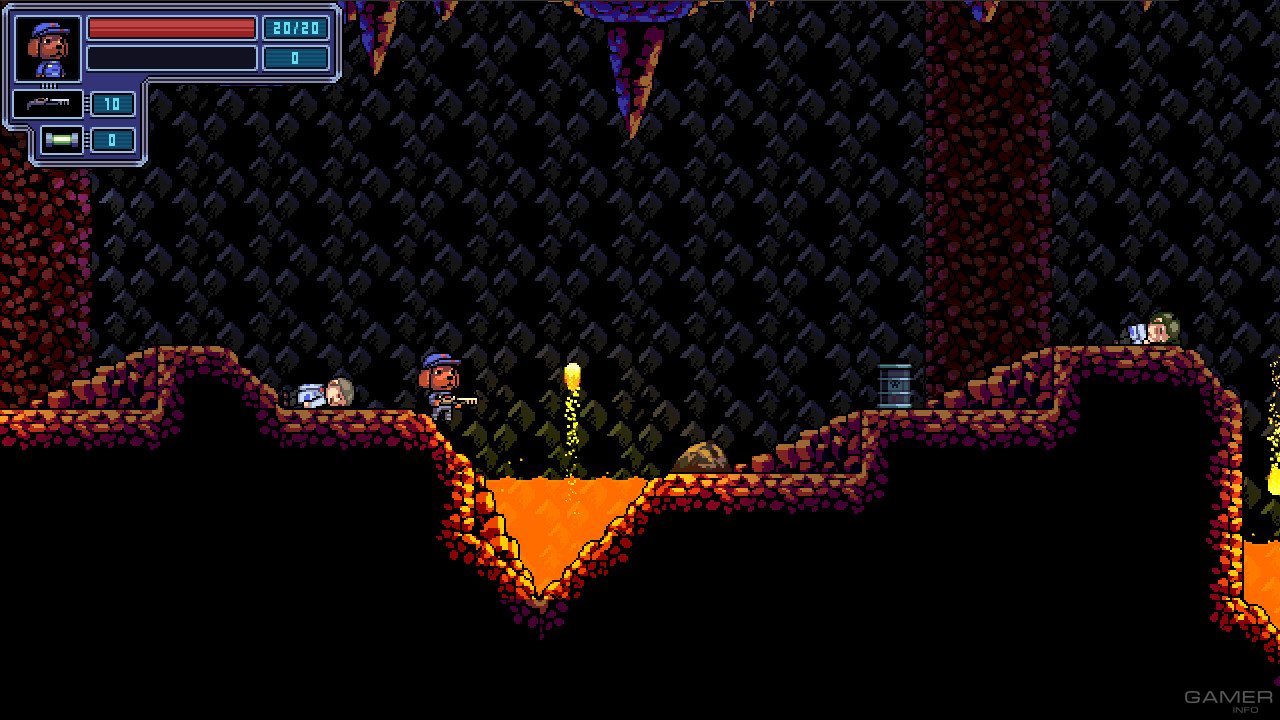

Every year thousands of people visit the grave of this brave dog slight problem however, is that the cairn of stones is actually less than 200 years old! To this day, a cairn of stones marks the place, and the name Beddgelert means in Welsh ‘The grave of Gelert’. Llywelyn was struck with remorse and carried the body of his faithful dog outside the castle walls, and buried him where everyone could see the grave of this brave animal, and hear the story of his valiant fight with the wolf. It was his son, unharmed!īeside the child was an enormous wolf, dead, killed by the brave Gelert. Mad with grief he took his sword and plunged it into Gelert’s heart.Īs the dog howled in his death agony, Llywelyn heard a child’s cry coming from underneath the upturned cradle. Llywelyn was convinced that his favourite hound had killed his son. His worst fears were realised when he saw in the child’s nursery, an upturned cradle, and walls spattered with blood! He searched for the child but there was no sign of him. The Prince was appalled, and a horrible thought came into his mind …was the blood on the dog’s muzzle that of his one-year old son. When Llywelyn returned from the hunt, he was greeted by Gelert who came bounding towards him …his jaws dripping with blood. He had many hunting dogs, but one day when he summoned them as usual with his horn, his favourite dog Gelert didn’t appear, so regretfully Llywelyn had to go hunting without him. The story goes that in the thirteenth-century, Prince Llywelyn the Great had a palace at Beddgelert in Caernarvonshire, and as the Prince was a keen hunter, he spent much of his time in the surrounding countryside.

One of the best known, and loved, folk-tales in Wales is the story of a faithful hound.


 0 kommentar(er)
0 kommentar(er)
